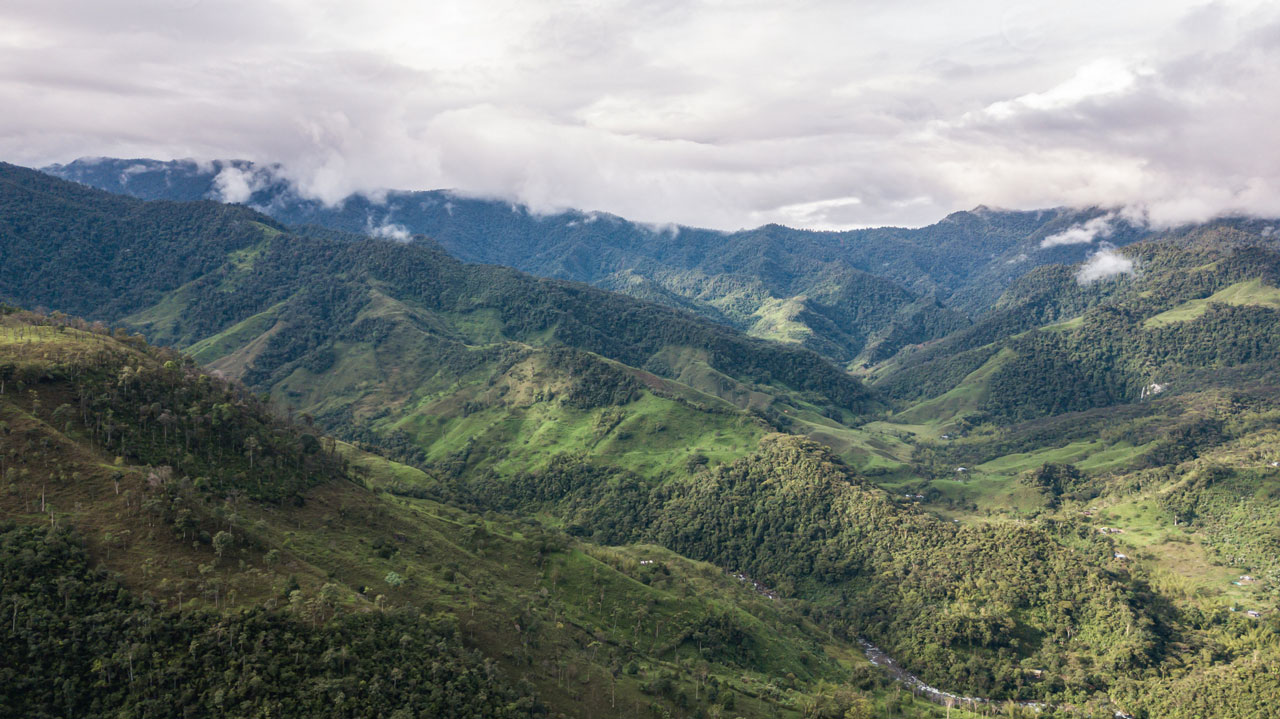Oophaga lehmanni is a critically endangered frog species endemic to Colombia, primarily threatened by habitat destruction and illegal trafficking. Our strategy has focused on ex situ conservation and collaboration with rural communities in the Anchicayá River basin.
Ex situ Conservation
At the Cali Zoo, we have established a welfare management program for the species, which includes continuous supervision and care of breeding cohorts and their offspring intended for reintroduction.
This program covers nutrient provision, periodic vitamin and mineral supplementation, systematic cleaning of terrariums, and monitoring of physicochemical parameters to maintain an optimal environment. We also conduct regular health assessments and administer necessary treatments.
To enhance care and management conditions, we have acquired specialized equipment, such as nebulizers to maintain humidity levels, new terrariums to establish new breeding pairs, reactors to reduce phosphate levels in the water, and fans to improve air circulation in the terrariums. Additionally, we introduced a new mix of substrates and decorative elements to create a more suitable habitat for the frogs.
The program has successfully resulted in the captive breeding of the species, with the birth of 70 offspring in 2023 and a survival rate of 59%.
 Photo: Jhonattan Vanegas
Photo: Jhonattan Vanegas
To date, we have released 117 individuals into their natural habitat through five reintroduction events using a 'soft release' approach. This method includes an adaptation period in a designated enclosure before their final release.
Working with Communities in Anchicayá
Beyond ex situ conservation efforts, we closely collaborate with rural communities in the Anchicayá River basin and the buffer zone of Farallones de Cali National Park. These communities have been instrumental in protecting Oophaga lehmanni's habitat and implementing sustainable projects.
We established conservation agreements with local communities, committing them to protect the frog's habitat. These agreements include the promotion of sustainable economic activities such as ecotourism, sustainable agriculture, and environmental education. Community members received training for monitoring frog populations and have used the SMART application to record observations and ensure continuous monitoring of the released species.
During community monitoring sessions, local leaders played a crucial role in observing the frogs' behavior, ensuring their hydration and nutrition, and reporting any anomalies. These initiatives have strengthened the communities' sense of responsibility and participation in conserving their local biodiversity.
 Photo: Jhonattan Vanegas
Photo: Jhonattan Vanegas
The collaboration between institutions and rural communities has been essential for the success of the Oophaga lehmanni conservation project. Thanks to this approach, which merges ex situ conservation with community participation, we have made substantial progress in protecting this critically endangered species, demonstrating local collaboration and commitment to conservation.
Translated with AI support